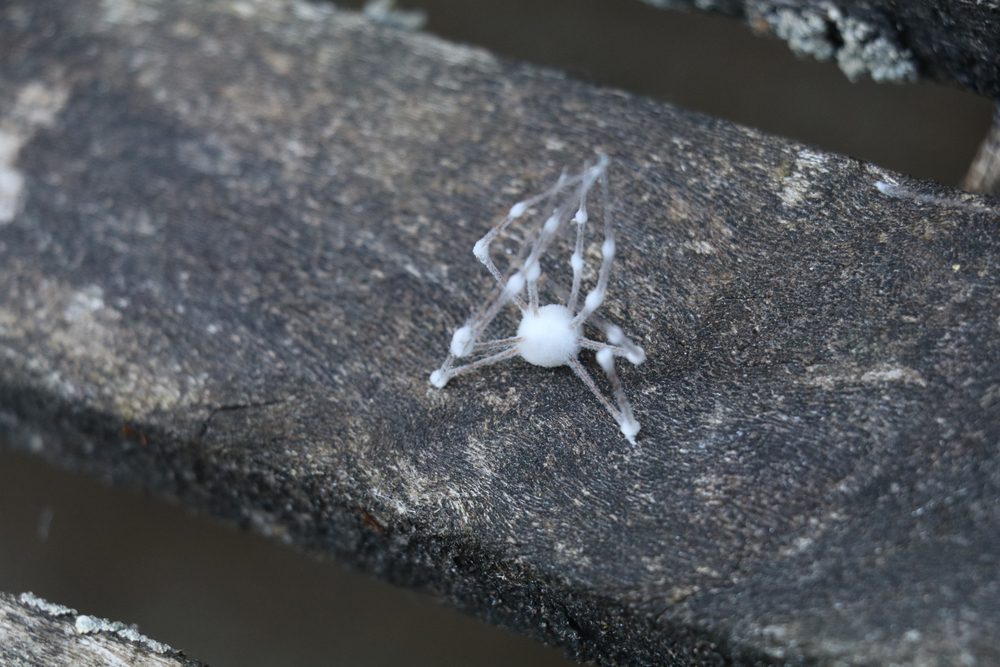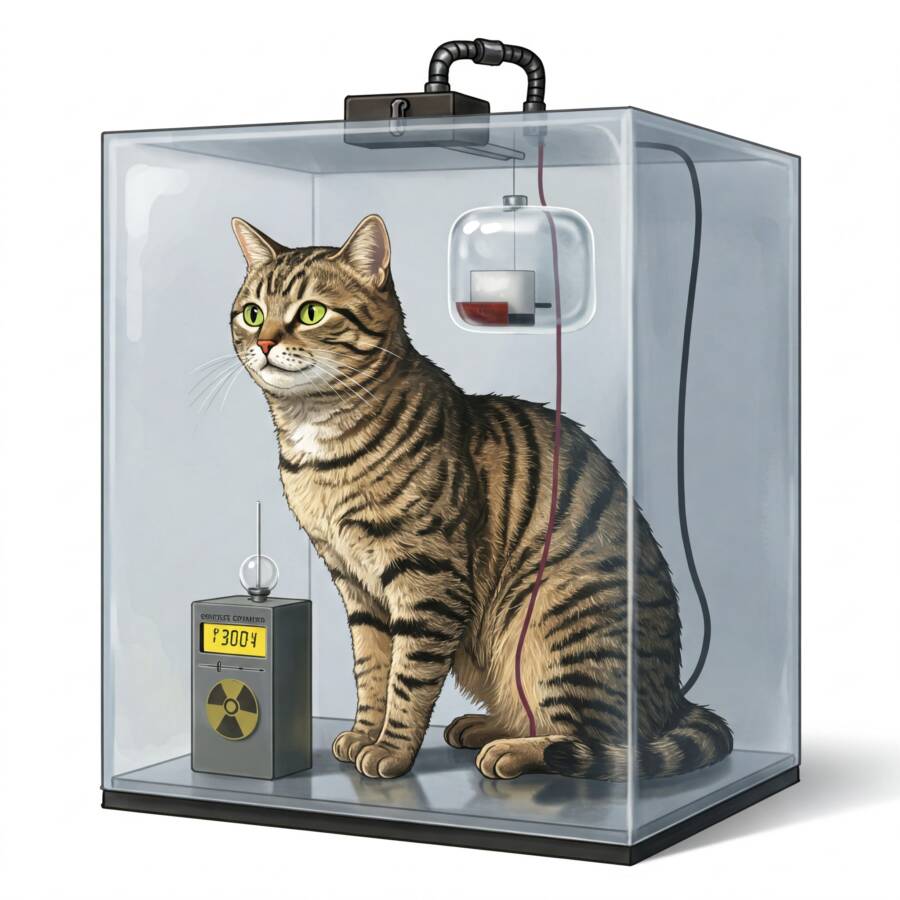Science in The World presents you: zombie cases that already happened (explained by science)!
Zombies have become key figures in popular culture, and the zombie apocalypse is something that we’ve seen in plenty of movies, books, TV series, and even on the Disney Channel. Whether you choose to call them reanimated corpses, the walking dead, or simply undead creatures, one thing’s for sure: they’re on everyone’s lips.
What we know about these weird creatures is that they can rise from the grave to walk and shock the world, and sometimes can even infect people or eat their brains. Yes, they’re some of the most terrifying monsters in pop culture.
You probably know that the word zombie was first mentioned by popular poet Robert Southey in his “History of Brazil”, but it’s actually a term that comes from the Louisiana Creole or Haitian Creole word “zonbi” which is a synonym with “nzúmbe”, a Kimbundu term that means ghost.
However, from the original meaning of ghost to a dead person that walks and wants to eat humans’ brains, people started using the word to name a person that walks slowly and doesn’t pay attention to their surroundings.
But are there any zombie cases in the real world? Scientists discovered that there are some natural phenomena that somehow look or behave like zombies. In today’s article, we’ll talk about all the zombie cases that experts discovered, and we’ll investigate how something like that is even possible. Curious? Then let’s begin!

1. Zombie spiders
We start off this list of zombie cases with something that might send chills down your spine. Somewhere in the Ecuadorian Amazon, a group of zoologists from Canada discovered a weird species of spider that is actually half alive and half dead.
But the weird part is that these zombie spiders can infect other spiders with their terrifying spores, and I’ll tell you all about this process. During their research, scientists noticed an unknown species of the Zatypota wasp, and they discovered that they were able to manipulate other spiders, but from the Anelosimus eximius (A. eximius) species.
It’s known that spiders of the A. eximius family are social animals, and they love to remain in tight groups and never get too far from their beloved colonies. But wait until you read about these weird zombie cases that left the scientific world speechless!
Researchers paid more attention to the spiders’ behavior and noticed that some of them were infected with Zatypota larvae and didn’t behave as they expected. Those spiders left their colonies to weave tightly spun, cocoon-like webs in different locations. When the scientists opened those webs, they noticed Zatypota larvae growing inside.
They also noticed that the Zatypota wasps lay their weird eggs on the abdomens of A. eximius spiders, and when the egg incubates and the wasp larva gets out of its womb, it starts feeding on the spider and starts to take control of its body. I don’t know what you think, but to me, this sounds more terrifying than many of the zombie cases presented on TV.
But that’s not how the story ends: when the larva is completely in charge of its host, it transforms it into a creature that is similar to a zombie, and it compels it to stay away from its mates and spin the nest that will let the larvae grow into the adult wasp.
But before the larva can enter its new home, it has to finish its job, which means eating its host. Pretty shocking, right? There are many cases where wasps can manipulate spiders’ behavior, but not like this. We have many other zombie cases to talk about today, so let’s continue!
2. Zombie plants
Let’s continue with these true zombie cases because you probably wouldn’t expect to hear about zombie plants, am I right? But prepare to be surprised because, in 2014, a group of researchers from the United Kingdom discovered that a particular bacteria, scientifically known as “phytoplasma” can turn various plants into zombies.
This is a bacteria disseminated by insects, and it infects many plants, including goldenrods, which are known for their yellow flowers. The infection makes the goldenrods put out extensions that look exactly like leaves instead of simply showing off their typical blooms.
These growths that are similar in look to leaves attract more insects, and “thanks” to the pollination, bacteria can spread widely and infect plants that are healthy.
Compared to the other similar zombie cases we’ve previously mentioned in this article, this particular transformation doesn’t kill the plant, but it’s still remarkable how phytoplasma is able to go against the host’s “will” to make it grow those creepy elements that are needed to spread and thrive.
Experts say that insects can transmit bacteria (the phytoplasmas we’ve already mentioned), which damage the life cycle of plants, so if this isn’t one of the creepiest zombie cases in nature, I don’t know what is.

3. Zombie virus
There are many zombie cases that could make us feel scared for our lives, especially when we think about reanimated humans, who could easily infect us with their creepy viruses and maybe kill us, as in Mary Shelley’s Frankenstein or H. P. Lovecraft’s “Herbert West: Reanimator”. If you’re looking for something spooky, I really recommend it, because it’s one of the best thrillers I’ve ever read. Check it out here!
It surely piqued the interest of filmmakers and writers, but let’s not forget that scientists were interested in this subject too, and they discovered some pretty impressive zombie cases in nature.
But while bringing dead humans back to life isn’t exactly possible for our race just yet, nature didn’t say anything about reviving other organisms. This piece of information is specifically unsettling when we think that those weird organisms are VIRUSES. Nobody wants a deadly virus to come to us and mess up our lives (you remember what COVID-19 did to us, right?).
In 2014, a group of researchers from France dug an impressive and terrifying organism out of the Siberian permafrost: a giant virus that was roughly 30,000 years old. They named it Pithovirus sibericum, and they added the word giant because, although it’s small, it’s easily visible under a professional microscope.
But the thing that made this virus one of the most fascinating zombie cases in nature isn’t its dimension, but the fact that it’s a DNA virus and contains approximately 500 genes. To see the difference between this virus and other DNA viruses, the HIV virus only has 12 genes but is still incredibly strong.
The size of giant viruses, as well as the fact that they contain a sufficient amount of DNA, can make them very dangerous and potentially lethal, especially since they can stick around for years and years.
Besides that, experts stated that these viruses can give researchers a hard time because they’re very tough and almost impossible to break open. Particular environments, like permafrost and deep ocean sediments, do a really good job of preserving microbes and viruses due to the fact that they’re oxygen-free, cold, and dark.
The good news is that when reanimated, P. sibericum is only dangerous for amoebas (which are old unicellular organisms). However, experts discovered that the permafrost might be home to many similar giant viruses, some of which are potentially dangerous for humans too.
Even though they are safely contained in the permafrost, many of the bad things people have done over the years, such as producing a lot of waste, global warming, and other dangerous actions, might cause them to resurface and come back to life. And yes, if something like this happens, although we hope not, nobody knows how threatening those viruses could be for our health.
4. Zombie ants
Did you know that ants and natural zombie cases are actually related? Keep reading, and you’ll find out! Ophiocordyceps is a type of fungus that has over 200 species, and experts are still looking for other genera. According to scientists, plenty of fungi can be problematic, often because they’re harmful to animals, but that’s not all.
Experts discovered that these fungus species spot and then infect insects through their spores. As you can tell by now, all of these zombie cases involve controlling the host’s body or mind, and this case is no different.
When the infection is done, the parasitic fungus takes control of the prey’s mind, completely changing its behavior so that the propagation of fungal spores is faster and more efficient.
Ophiocordyceps attach to the body of an insect, grow into and out of it, and do so until the insects die. Researchers discovered that when Ophiocordyceps unilateralis infects carpenter ants, it turns them into one of the most shocking zombie cases.
This parasite compels the ants to climb to the top of elevated vegetation, where they’ll find their death. When they reach the high elevation, they remain affixed and die, but the fungus is happy with that because that high spot allows it to spread its dangerous spores widely.
Another creepy thing that researchers discovered (all of these zombie cases were creepy, if you ask me) is that O. unilateralis can take full control of the ants’ bodies and muscle fibers, making them move exactly as the fungus “wants” them to go.
What do you think about these zombie cases that are common in nature? Leave a comment below and let us know! If you want to read something else from Science in The World, here’s a good article for you: Genius or Failure? 5 Einstein Theories That Were Completely WRONG














